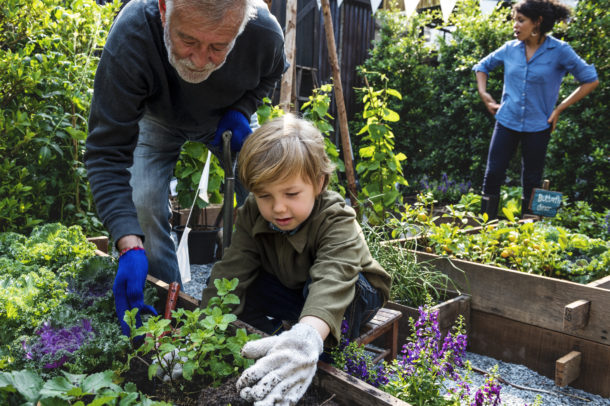With summer approaching it’s still possible to start the garden that you’ve always wanted. Planting and growing fruits and vegetables is an excellent way to save money, relieve stress, and ensure you have the freshest produce. Moreover, gardening allows you to choose fruits and vegetables that work best for your low potassium diet.
Instead of purchasing seeds, which can be sowed in early spring, opt for vegetable and herb plants at your local nursery or hardware store. By doing this, you will be able to harvest your vegetables faster.
Many vegetables and herbs can be harvested even after the summer ends. Cauliflower, collards, leeks, lettuce, spinach, parsley, thyme, mint and rosemary can be grown, picked and eaten far into the fall season. This is a great way to keep your garden producing vegetables and herbs all year long.
Not interested in gardening? No problem. Head to your local farmer’s market where you will find high quality and fresh produce. It’s a great place to stock up and freeze seasonal fruits and vegetables at their height of freshness. Farmer’s markets usually run until the end of October and there may even be winter farmers market in your area. Just keep your eye out for the following low potassium fruits and vegetables.
Low potassium vegetables: Alfalfa sprouts, cabbage, cauliflower, collards, cucumber, eggplant, green beans, leeks, lettuce, snow peas, spaghetti squash, and spinach.
Low potassium fruits: Blueberries, raspberries, and watermelon
In addition to fruits and vegetables, also consider what herbs you frequently cook with and purchase or plant those, as herbs add wonderful flavours without sodium or potassium.
Low potassium herbs: oregano, rosemary, dill, parsley, thyme, mint and basil
Submitted by Celine Koppenaal, Dietetic Student and Dani Renouf, RD, MSc, CDE
